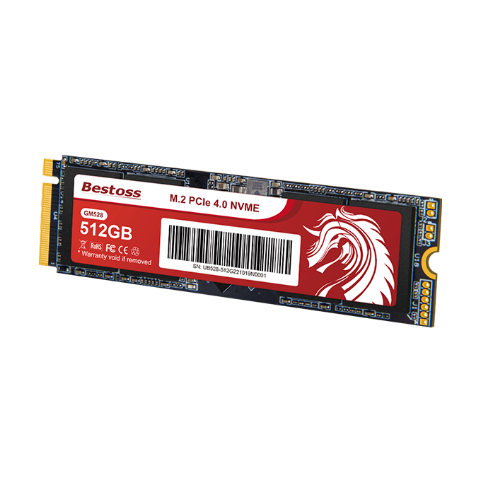
Solid State Drives (SSDs) have revolutionized the storage industry with their lightning-fast performance and reliability. At the heart of these high-performance storage devices lies NAND flash technology. In this article, we will delve into the intricacies of NAND flash technology and explore how it powers the remarkable capabilities of SSDs.
NAND flash technology is a type of non-volatile memory that retains data even when power is disconnected. It is widely used in SSDs due to its high density, low power consumption, and fast read/write speeds. Unlike traditional hard disk drives (HDDs) that rely on spinning disks and mechanical components, NAND flash-based SSDs offer significant advantages in terms of speed, durability, and energy efficiency.
NAND flash memory is organized into cells, which are further grouped into pages, blocks, and planes. Each cell can store multiple bits of data, typically 2 or 3 bits per cell (known as multi-level cell or MLC and triple-level cell or TLC, respectively). The ability to store multiple bits per cell allows for higher storage capacities at lower costs.
When data is written to a NAND flash cell, an electrical charge is applied to the floating gate within the cell, trapping electrons. The presence or absence of these trapped electrons determines the binary state of the cell, representing either a "0" or a "1". To read the data, the controller measures the voltage level of the cell, determining the stored value.

Speed: NAND flash-based SSDs offer significantly faster data transfer rates compared to traditional HDDs. This translates into quicker boot times, faster application launches, and improved overall system responsiveness.
Durability: Since SSDs have no moving parts, they are more resistant to shock, vibration, and physical damage. NAND flash technology ensures that data remains intact even in harsh environments, making SSDs ideal for portable devices.
Energy Efficiency: NAND flash-based SSDs consume less power than HDDs, resulting in extended battery life for laptops and mobile devices. This energy efficiency also contributes to reduced heat generation and quieter operation.
Compact Form Factor: NAND flash memory chips are compact and lightweight, allowing for smaller and thinner SSD designs. This makes them suitable for space-constrained devices such as ultrabooks, tablets, and smartphones.
NAND flash technology continues to evolve, with ongoing advancements aimed at increasing storage capacities, improving performance, and reducing costs. Manufacturers are exploring technologies like 3D NAND, which stacks memory cells vertically to achieve higher densities. Additionally, developments in error correction techniques and wear-leveling algorithms enhance the reliability and lifespan of NAND flash-based SSDs.
NAND flash technology is the driving force behind the impressive performance and reliability of solid-state drives (SSDs). Its ability to store data without power, coupled with its speed and durability, has made SSDs the preferred choice for many applications. As technology advances, we can expect further improvements in NAND flash, leading to even faster, more capacious, and affordable SSDs in the future.